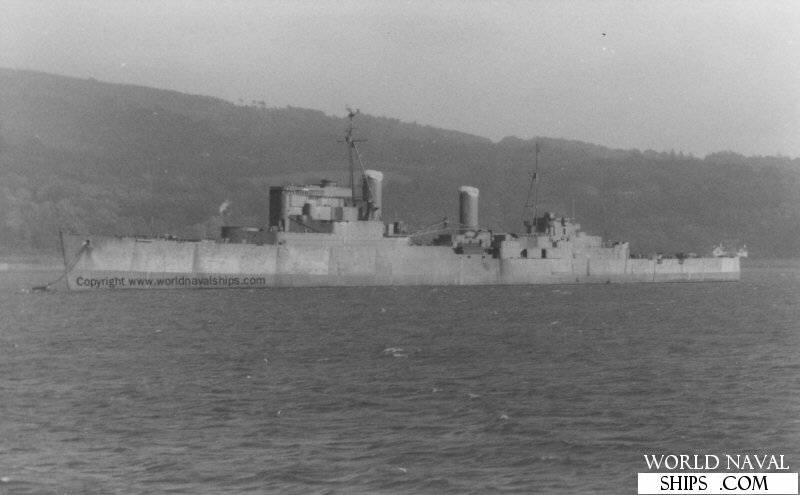For the non-RN specialists, these two links are a major relieve.

 en.wikipedia.org
en.wikipedia.org

 en.wikipedia.org
en.wikipedia.org

List of cruiser classes of the Royal Navy - Wikipedia
- County class, 8x 8-inch
- Kent group10,570 tons
- London group9,830 tons
- London (1929) – scrapped 1950
- Devonshire (1929) – scrapped 1954
- Shropshire (1929) – to Royal Australian Navy 1943, scrapped 1955
- Sussex (1929) – scrapped 1950
- Norfolk group10,300 tons
- Norfolk (1930) – scrapped 1950
- Dorsetshire (1930) – sunk by dive bombers in Far East 1942
- York classmodified County design 8,250 tons, 6x 8-inch

List of cruiser classes of the Royal Navy - Wikipedia
- Town class
- Southampton group9,100 tons, 12 6-in guns
- Southampton (1937) – sunk 1941
- Birmingham (1937)
- Glasgow (1937)
- Newcastle (1937)
- Sheffield (1937)
- Gloucester group9,400 tons, 12 6-in guns
- Gloucester (1939) – bombed 1941
- Liverpool (1938)
- Manchester (1938) – sunk 1942
- Edinburgh group10,565 tons, 12 6-in guns
- Dido class
- Dido group5,600 tons, ten 5.25-in guns
- Bellona group5,770 tons, eight 5.25-in guns
- Bellona (1943) – to Royal New Zealand Navy 1956
- Black Prince (1943) – to RNZN 1948
- Diadem (1943) – to Pakistani Navy 1956 as PNS Babur
- Royalist (1943) – to RNZN 1956
- Spartan (1943) – bombed 1944
- Fiji class
- Fiji group8,525 tons, 12 6-in guns
- Ceylon group8,875 tons, nine 6-in guns
- Ceylon (1943) – to Peruvian Navy as BAP Coronel Bolognesi 1959
- Newfoundland (1943) – to Peruvian Navy as BAP Capitán Quiñones 1959
- Uganda (1943) – to Royal Canadian Navy as HMCS Quebec 1944
- Minotaur class8,800 tons, nine 6-in guns
- Tiger class 11,700 tons, four 6-in & six 3-in guns. Laid down during WWII as Minotaurclass ships

